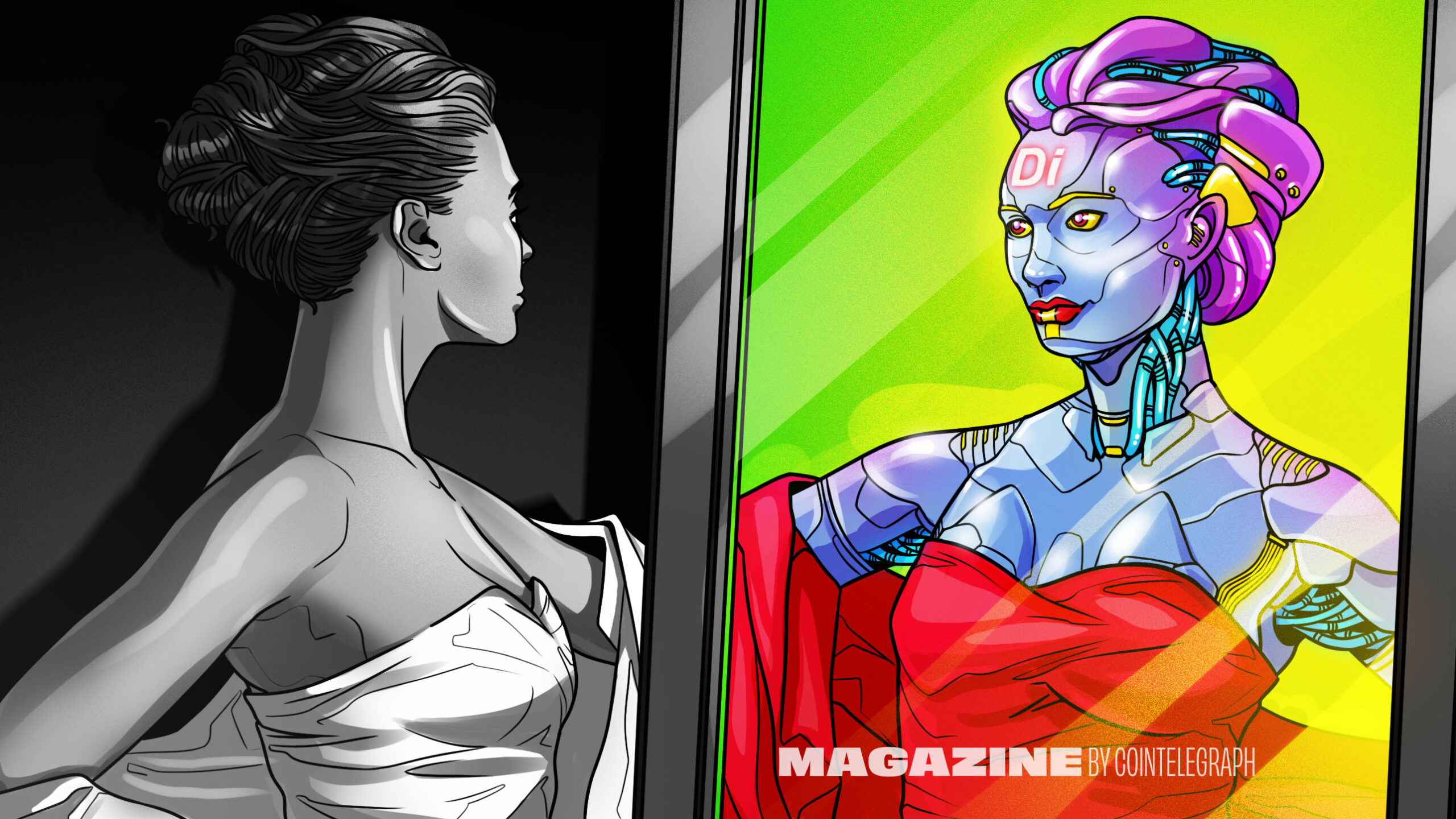One-quarter of the global populace is going to be spending at least an hour a day in the metaverse by 2026, according to tech consulting
One-quarter of the global populace is going to be spending at least an hour a day in the metaverse by 2026, according to tech consulting firm Gartner, for shopping, gaming, education and more. But at some point, people are going to have to demonstrate that it’s really them behind the avatar.
That’s just one reason many believe that decentralized identity (DI) is likely to play an increasingly important role in Web3’s evolution. And even if DI has been generally overlooked by mainstream media, recent events suggest that is about to change.
Consider that in July, the World Wide Web Consortium (W3C) announced a new standard for decentralized identifiers, culminating years of mostly quiet work and deliberations in this area. In August, Gartner proclaimed DI a “must-know” emerging technology, where people can “control their own digital identity by leveraging technologies such as blockchain […] along with digital wallets.” Earlier this year, Ethereum co-founder Vitalik Buterin proposed Soulbound Tokens (SBTs), which would include many DI elements in a non-transferable NFT format.
Sometimes called self-sovereign identity (SSI), decentralized identity can play a key role in mitigating fraud, data breaches, social engineering and theft in the expanding metaverse, say technologists, but perhaps more importantly, it may impact broad and diverse sectors of human endeavor, including education, healthcare, law, travel and employment.

“I believe that SSI will be revolutionizing how we perceive identity management in the upcoming years,” Adam Gągol, co-founder of Aleph Zero, tells Magazine, while others suggest it is on course to disrupt traditional identity management.
“I’m not sure I would say ‘disrupt’ as much as ‘catalyze,’” Scott Kominers, an associate professor at Harvard Business School who has written about DI, tells Magazine. “My hope is that decentralized identity solutions will make existing sources of information on individuals’ background, activity history and interests more powerful and useful than before.”
“An NFT of a diploma in your crypto wallet, for instance, would turn into a permanent academic certification,” Kominers and Jad Esber wrote recently in a Future article.
Decentralized identity won’t necessarily exclude a bit of fun along the way, either. “With public histories, it would be possible to prove that you were early to a trend or active in a project before it took off — like, say, being into Taylor Swift before she was popular,” Kominers and Esber noted.
Recent events, like the collapse of the FTX crypto exchange, suggest other possible uses for DI/SSI, which can be applied to organizations as well as people. Fraser Edwards, CEO and co-founder at Cheqd, envisions “audit opinions issued as VCs [verifiable credentials], where the focus is less on sovereignty and identity but more on trusted data and reputation — i.e., ‘Do I operate in good faith?’ Or simply, ‘Am I trustworthy?’” he tells Magazine.
Decentralized identifiers and verifiable credentials
DI has two main components: decentralized identifiers (DIDs), which are like traditional identifiers — a legal name, an email address, a social security number, etc. — with the key difference that DIDs are controlled and sometimes even issued by individuals. An example would be an Ethereum account. You can create as many Ethereum accounts as you like and share them with whomever you like. There is no central repository. They reside on an encrypted decentralized digital ledger — i.e., a blockchain.
The second component is verifiable credentials (VCs). These can be derived from familiar credentials such as diplomas, library cards and passports, but again, they are not held on a centralized repository with a single point of control or failure, but on a blockchain where they can be read by machines. They offer familiar benefits like persistence and accessibility, but also more technical ones like cryptographic verifiability (your identity is more secure because it is encrypted) and resolvability — i.e., it’s possible to discover metadata about a user from that person’s DID.

Kim Hamilton Duffy, director of identity and standards at Centre Consortium, offers this example of how decentralized identifiers and credentials might work in an education and employment context:
A fictional “Sally” earns a master’s degree from the University of Oxford for which she receives a “digital diploma that contains a decentralized identifier she provided. This digital diploma is signed using a decentralized identifier which has been published and verified by the University of Oxford.”
Over time, Sally updates the cryptographic material associated with her DID, adding biometric protections and also a quantum-resistant algorithm. “A decade after graduation, she applies for a job in Japan, for which she…
cointelegraph.com
